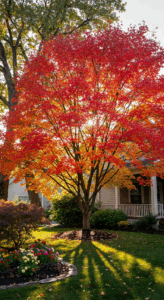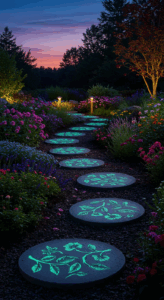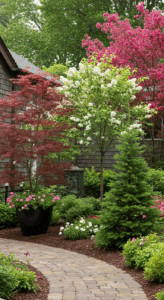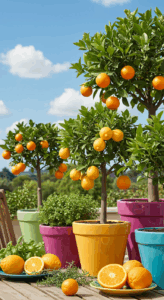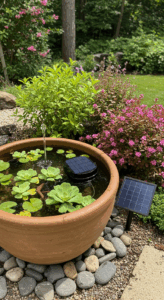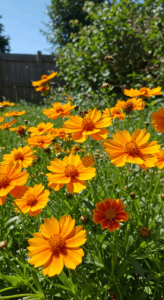Blooming Beauty: Crafting Colorful Flower Pots
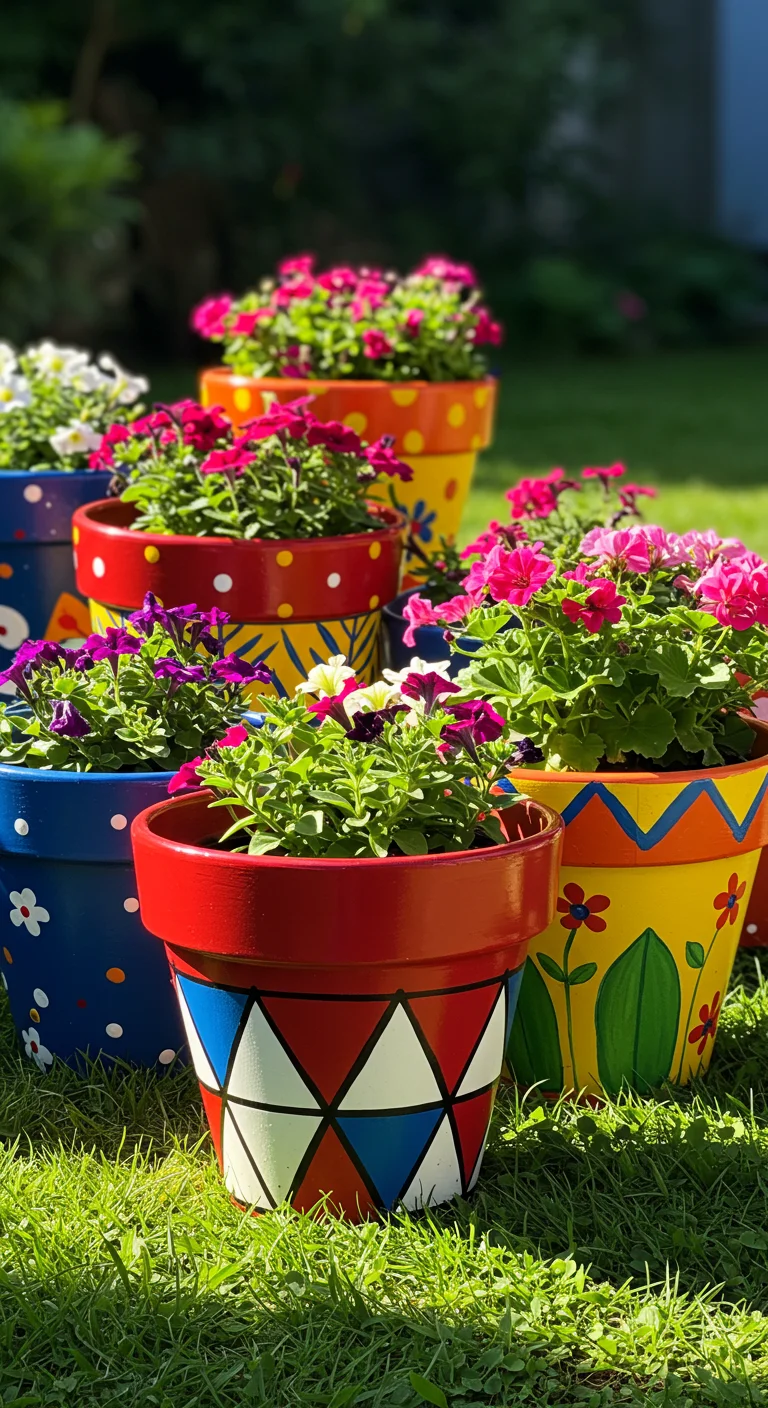
Blooming Beauty: Crafting colorful flower pots is a delightful DIY project that can instantly enhance your garden’s charm. Start by selecting terracotta or ceramic pots and clean them thoroughly. Use acrylic paints to create vibrant designs, such as geometric patterns or whimsical flowers. For an added touch, consider using stencils or sponge painting techniques for texture. Once your pots are painted and dry, seal them with a clear waterproof sealant to protect your artwork from the elements. Finally, fill them with your favorite seasonal flowers or vibrant succulents to create a stunning display. This project not only adds a splash of color to your garden but also provides a creative outlet that can be enjoyed by the whole family.
Whimsical Wonders: Creating Garden Gnomes from Recycled Materials
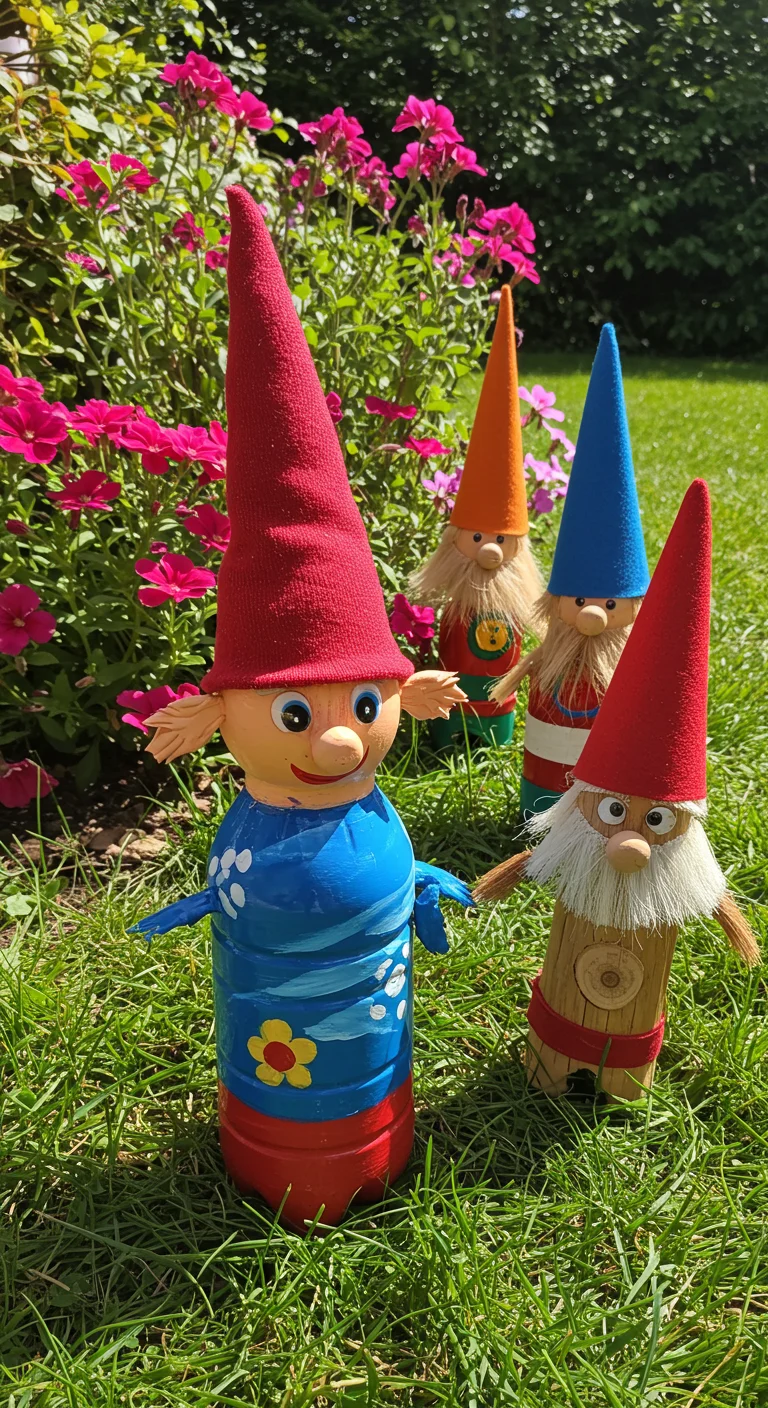
Transforming recycled materials into whimsical garden gnomes is a delightful way to add character to your backyard while promoting sustainability. Start by gathering items such as plastic bottles, old socks, and scrap wood. For the gnome’s body, use a plastic bottle, painting it in vibrant colors, and attach a sock for the hat, filling it with fabric scraps for added texture. Create facial features using buttons or painted stones for the eyes and a small piece of wood or clay for the nose. Secure everything with glue, and feel free to personalize each gnome with unique patterns or accessories. This project not only allows for creativity but also gives a second life to materials that would otherwise go to waste, making your garden both enchanting and eco-friendly.
Nature’s Palette: Painting Rocks for Garden Art
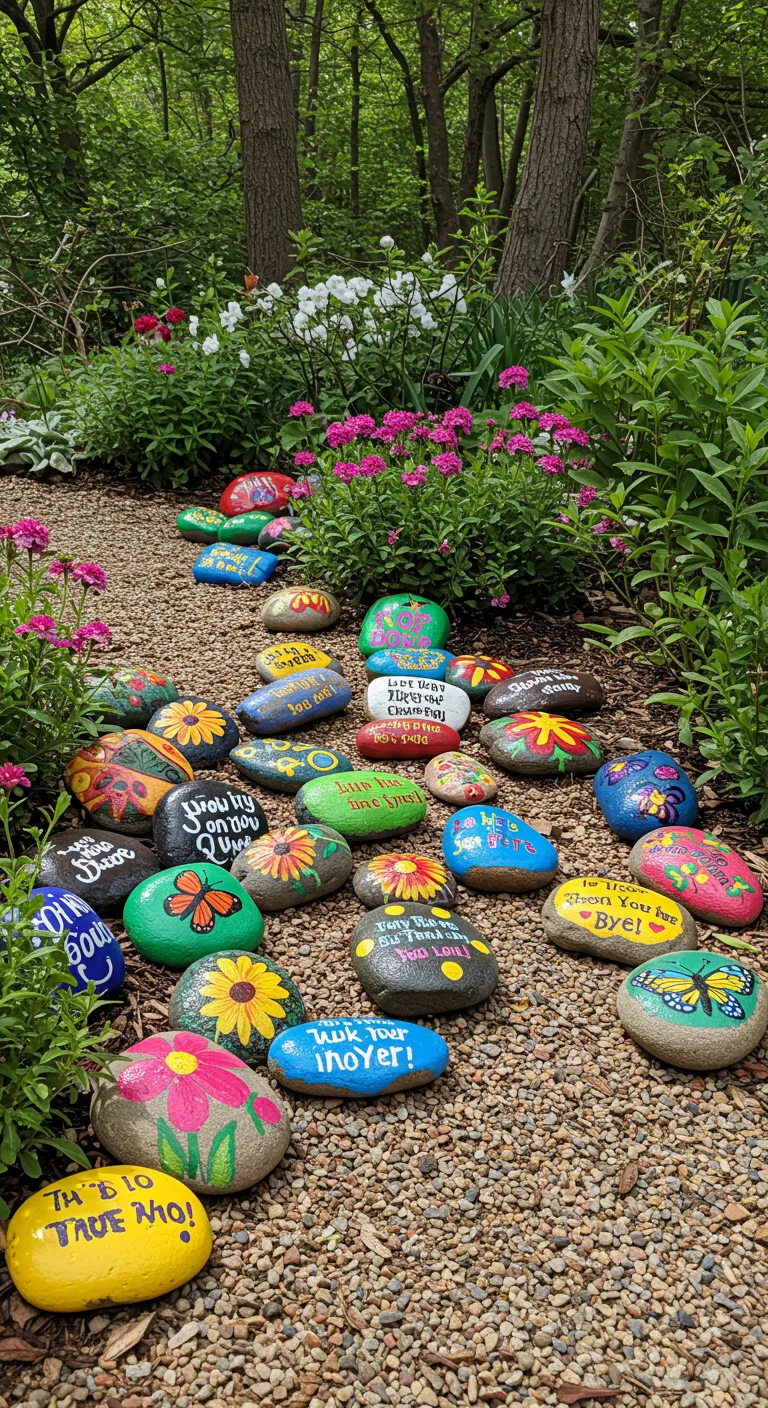
Transform your garden into a vibrant art space by painting rocks for unique garden decor. Start by selecting smooth, flat stones that can be easily painted. Clean the stones with soap and water to remove any dirt, then dry them thoroughly. Use outdoor acrylic paints for lasting color and durability; consider using non-toxic paints if pets are around. Experiment with various designs—floral motifs, whimsical creatures, or inspirational quotes—to match your garden’s personality. Once painted, seal your artwork with an outdoor varnish to protect it from the elements. Arrange your painted rocks along pathways, in flower beds, or as standalone art pieces to add a personal touch and a burst of color to your backyard this spring.
Feathered Friends: Building a DIY Birdhouse to Attract Wildlife
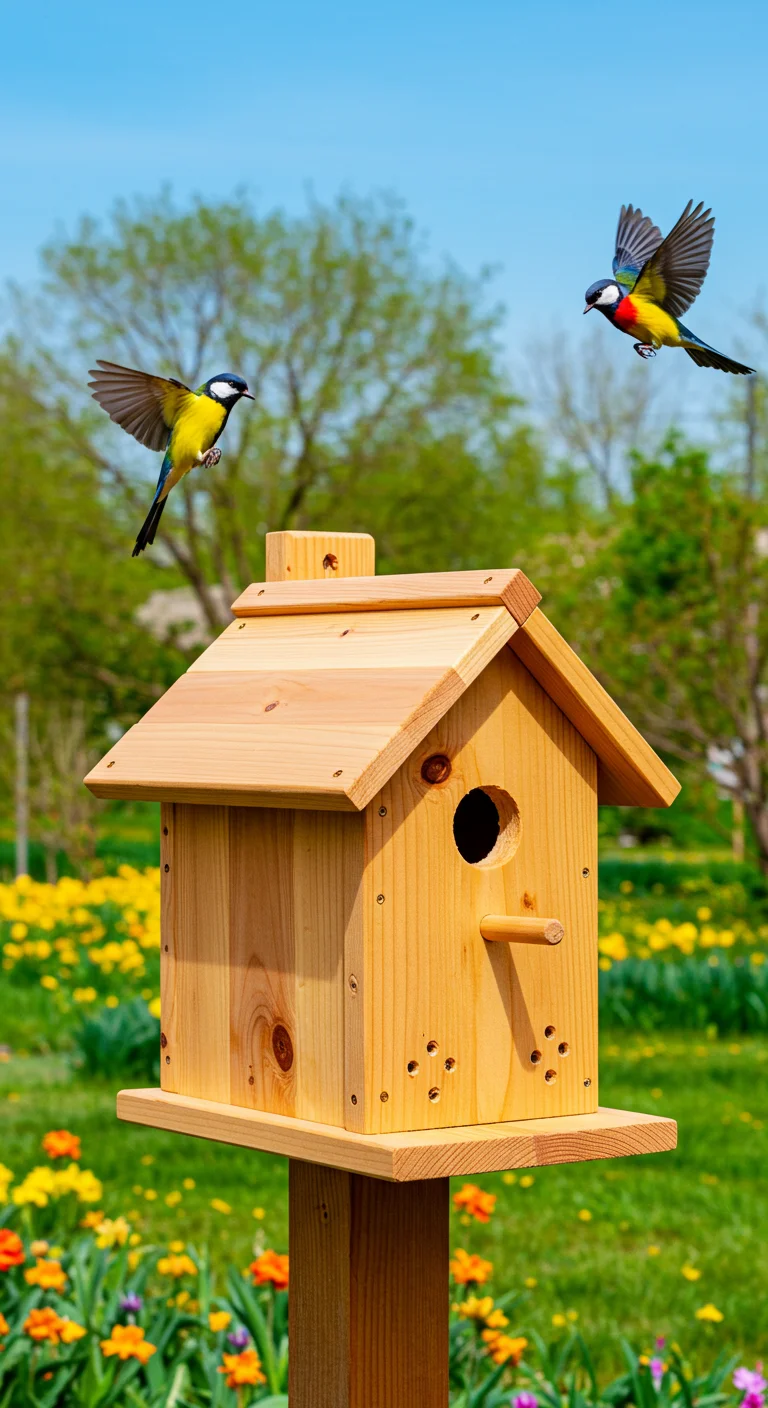
Creating a DIY birdhouse is a rewarding way to welcome feathered friends into your garden. Start by selecting untreated cedar or pine wood, which is durable and safe for birds. Cut the wood into a base, walls, and roof, ensuring the dimensions suit the bird species you wish to attract—typically, 6×6 inches for the base and a height of around 8-12 inches. Drill a small entrance hole, about 1.5 inches in diameter, and add ventilation holes near the top to keep the interior cool. Assemble the pieces using wood screws or nails, and finish by painting with non-toxic, water-based paint to add character while ensuring safety. Finally, mount your birdhouse on a pole or tree at least five feet off the ground, ideally facing away from prevailing winds, and watch as your garden comes alive with chirping visitors in the spring.
Upcycled Elegance: Transforming Old Furniture into Garden Seating
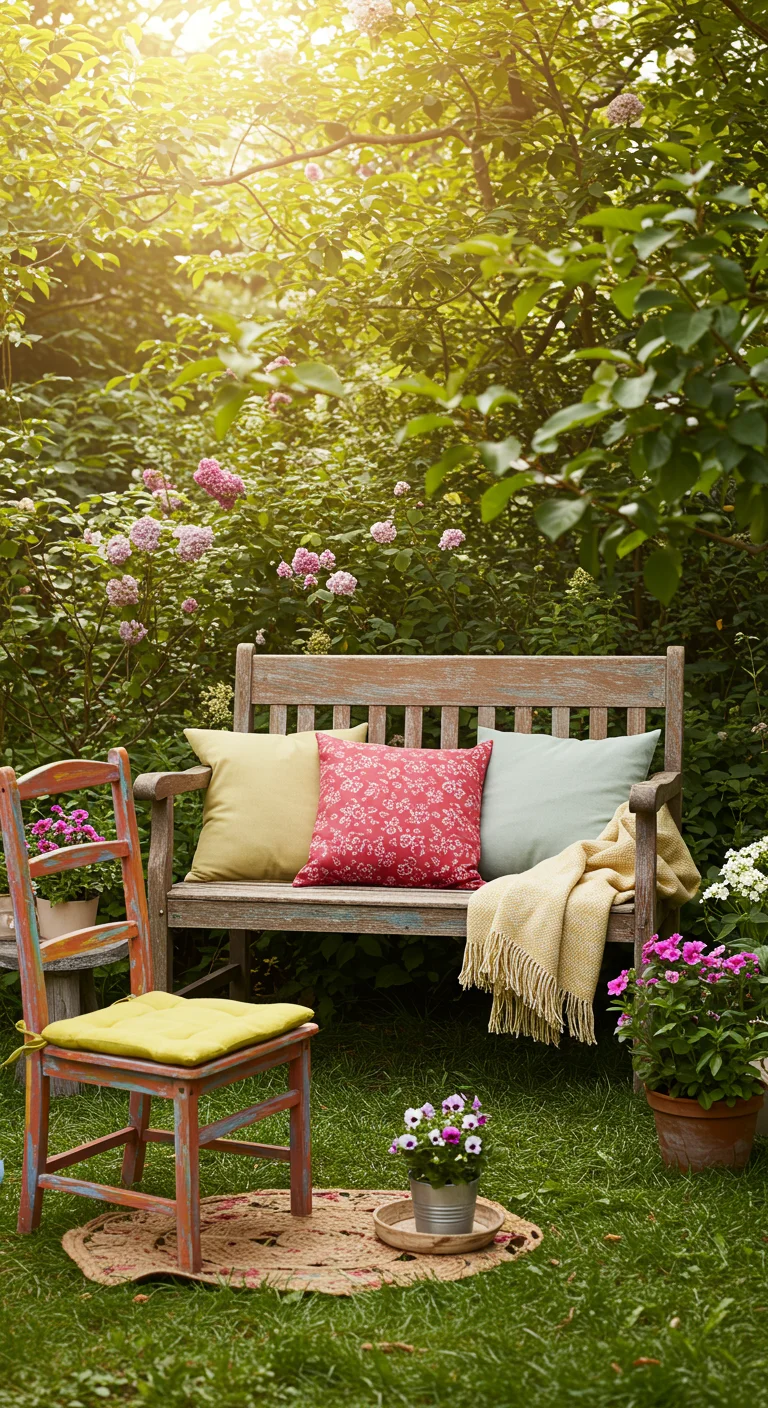
Upcycled elegance can breathe new life into old furniture, transforming it into unique and stylish garden seating. Start by selecting a sturdy piece, such as an old chair, bench, or even a dresser, and assess its condition. Clean it thoroughly and make necessary repairs, such as tightening screws or replacing broken parts. Next, add a fresh coat of weather-resistant paint or stain to enhance its aesthetic appeal and protect it from the elements. Consider adding cushions for comfort, using outdoor fabric for durability. Position your revamped seating in a cozy corner of the garden or under a tree, surrounded by potted plants or colorful flowers to create an inviting retreat perfect for relaxing or entertaining. This DIY approach not only adds character to your outdoor space but also promotes sustainability.
Scented Serenity: Making Herbal Sachets for a Fragrant Garden
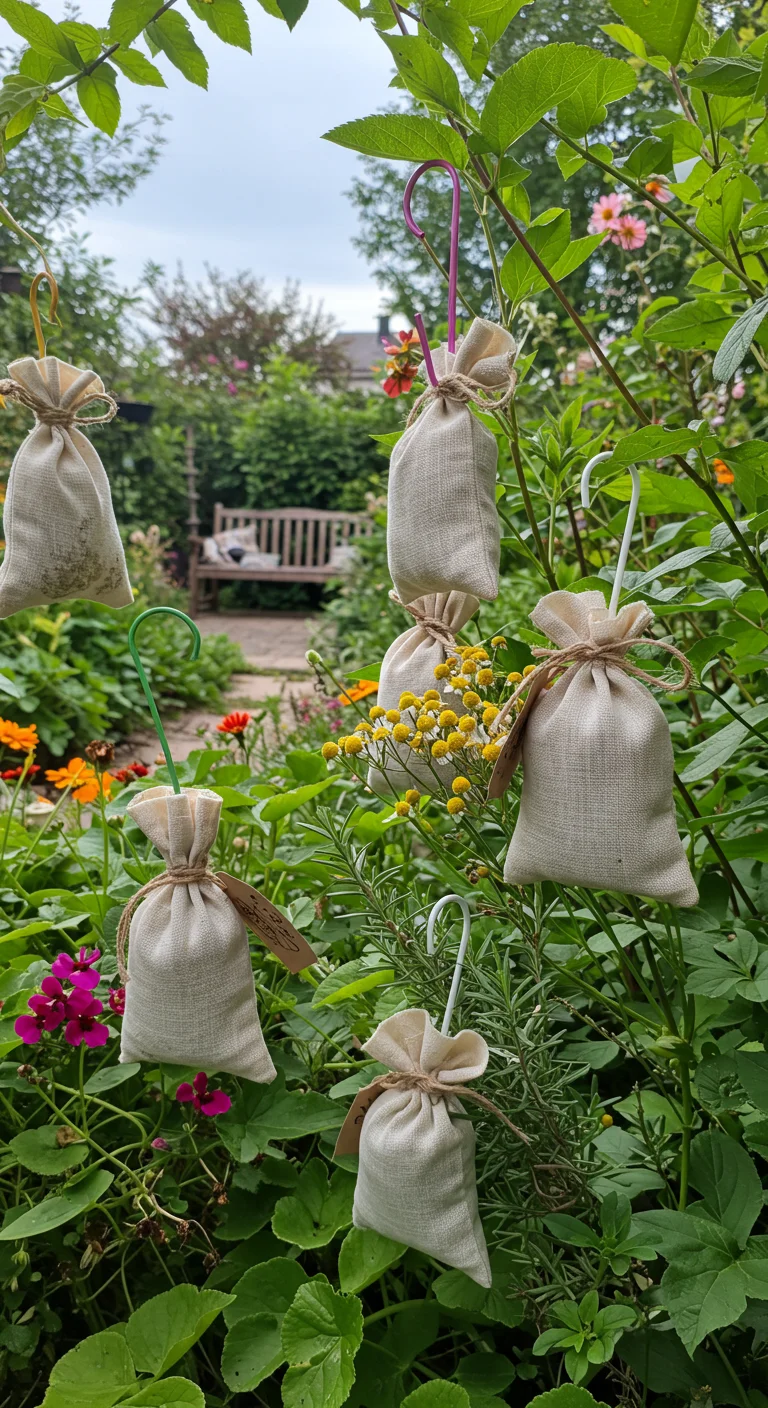
Scented serenity can be easily achieved by creating herbal sachets, which not only add fragrance to your home but also enhance your garden’s appeal. Start by gathering dried herbs such as lavender, chamomile, rosemary, or mint, known for their aromatic properties. Choose breathable materials like muslin or cotton to sew small pouches, ensuring they are easy to fill and tie securely. Fill each pouch with a mixture of your selected herbs, adding a few drops of essential oils for an extra boost of fragrance if desired. Once filled, place the sachets in your garden, hanging them from hooks or placing them among your plants. Not only will they release delightful scents, but they will also help deter pests, creating a harmonious atmosphere in your outdoor space.
Eco-Friendly Edibles: Designing a Vertical Herb Garden
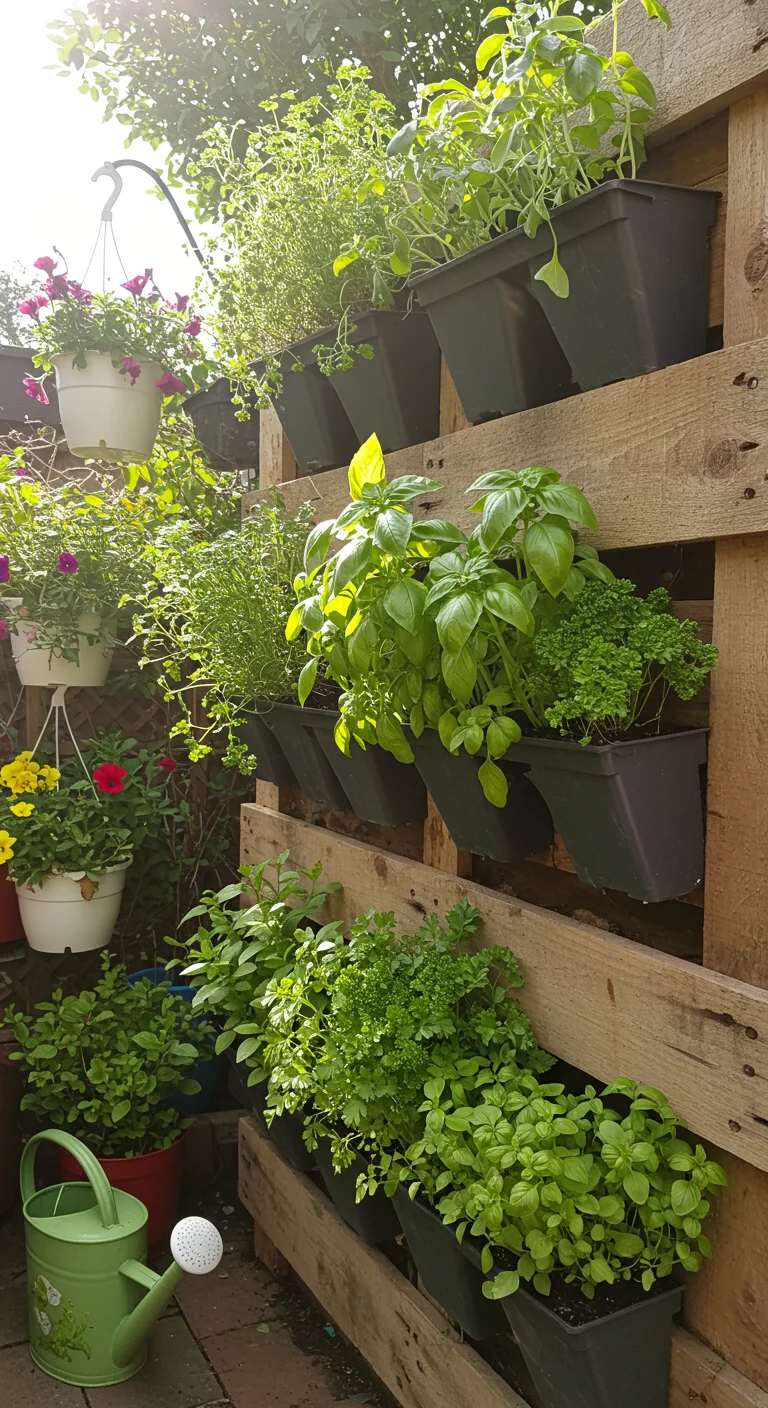
Creating a vertical herb garden is an eco-friendly way to maximize your space while enjoying fresh herbs year-round. Start by selecting a sunny spot in your backyard or even a balcony, ensuring it receives at least 6 hours of sunlight daily. Use reclaimed materials such as wooden pallets, old gutters, or hanging pots to build your vertical structure. Fill the containers with a high-quality potting mix, and choose herbs like basil, parsley, and mint for easy maintenance and culinary versatility. Ensure proper drainage to prevent waterlogging and consider incorporating a drip irrigation system for convenience. This innovative garden not only beautifies your outdoor area but also promotes sustainability by reducing the need for store-bought herbs and minimizing plastic waste.

